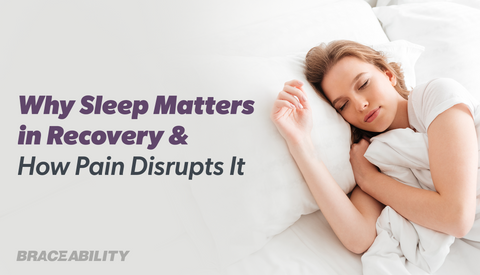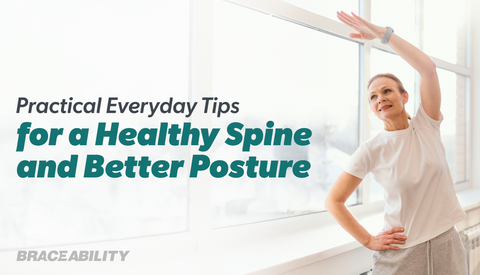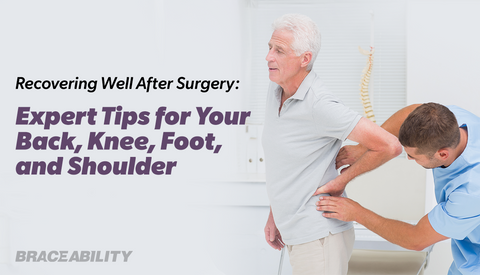What Type of Kyphosis Do I Have?

What exactly is kyphosis? Kyphosis is a spinal disorder that causes your upper thoracic back region to curve forward. This condition makes you appear to be hunching or slouching over. As you may notice if you look at someone’s spine or back, they have a natural curve. For a healthy spine, that natural curve should be at an angle around 20-45 degrees. Those who have kyphosis, however, have an abnormal curvature in their spine that sits at an angle of over 50 degrees. After you have been diagnosed with kyphosis, it is likely your doctor will inform you of the type of your condition. While kyphosis looks similar in most individuals on the outside, there are different forms or types that are the underlying factors.
Congenital kyphosis
Congenital kyphosis is a genetic mistake resulting in the failure of forming a segment on the front part of our vertebrae. There are two types of congenital kyphosis, type I and type II. Type I is a deformity visible at birth and worsens when you grow. Type II is when two or more vertebrae fail to separate or form normal discs. This is usually later in life when you start to walk. Treatment: Usually, early surgery procedures help to reduce future curve progression and are the best option in most cases. During the surgery, the surgeon will place the spine in a more natural position by using rods and implants to help support the spine.
Postural kyphosis
Postural kyphosis is a condition resulting from poor posture and muscles that have become weak and tight. Treatment: This specific condition can be treated by a number of things. Exercises such as yoga poses, chest stretches, and weighted exercises can help strengthen your back, neck, and shoulder muscles. Physical therapy is also a tool used to help treat postural kyphosis. Finally, a posture brace specifically for posture correcting can not only help ease your kyphosis pain but when used early, can help prevent it. Here at BraceAbility, we have a wide selection of posture correcting braces that are adjustable and customizable specifically for you.
Scheuermann’s Disease
Scheuermann’s Disease is a deformity in the thoracic or upper part of your spine. This causes an abnormality that makes the vertebrae grow at different rates during adolescence. Treatment: Since this type occurs in children while they are growing, a back brace is usually used to help stop the curve from bending more. Depending on the severity of your child’s case or at the beginning stages, it is recommended to wear this brace for almost all of their day. Another treatment option for this disease is different strengthening exercises and physical therapy. For severe cases, surgery is used to help treat individuals with an abnormal curve of over 75 degrees or if they have extreme pain.
Degenerative kyphosis
Degenerative kyphosis is a loss of normal disc height from overuse or aging. This causes the discs in your spine to angle forward. Treatment: If you are experiencing pain, initially start with conservative treatments such as physical therapy, chiropractor visit, anti-inflammatory medicines, and strengthening of the core and back muscles. If this pain persists, surgery may be an option.
Neuromuscular kyphosis
Neuromuscular kyphosis usually occurs in individuals that have cerebral palsy, spina bifida, or muscular dystrophy. Treatment: Based on the individual, surgery or a back brace support may be an option.
Nutritional kyphosis
Nutritional kyphosis is caused by dietary and nutritional deficiencies. It is common for children and adults but more likely in elderly individuals. This type of kyphosis can be prevented with a well-balanced diet. Treatment: Talk to your physician or nutritionist for a plan to help get a surplus of those key ingredients you’ve been missing. Physical therapy and exercise will also help along with a back support brace for extra stabilization. For this type, it is extremely important to be proactive and try to maintain a healthy lifestyle.










